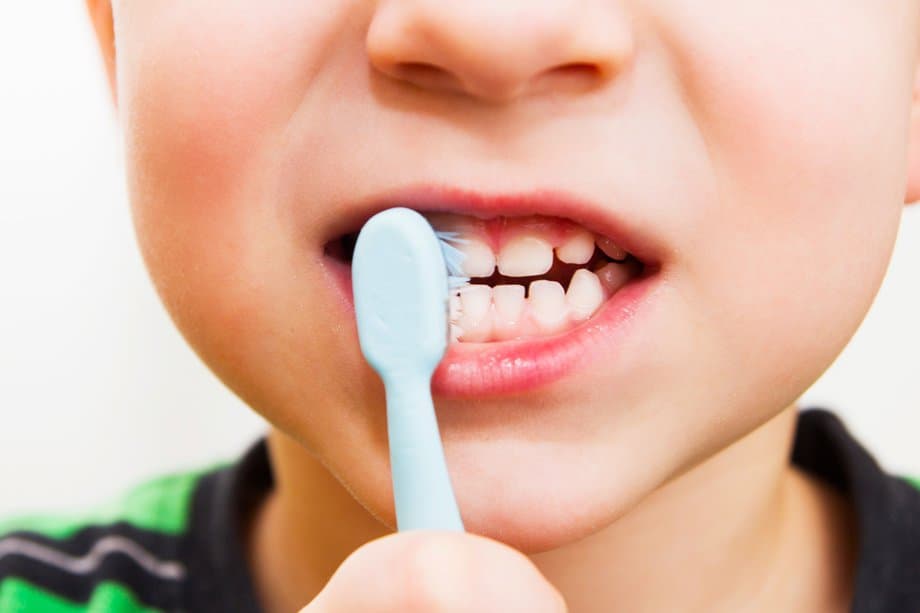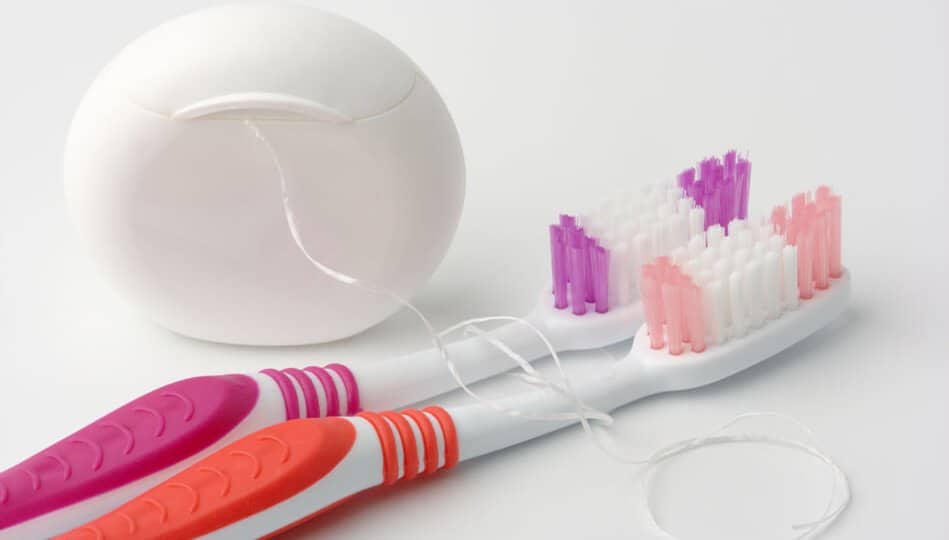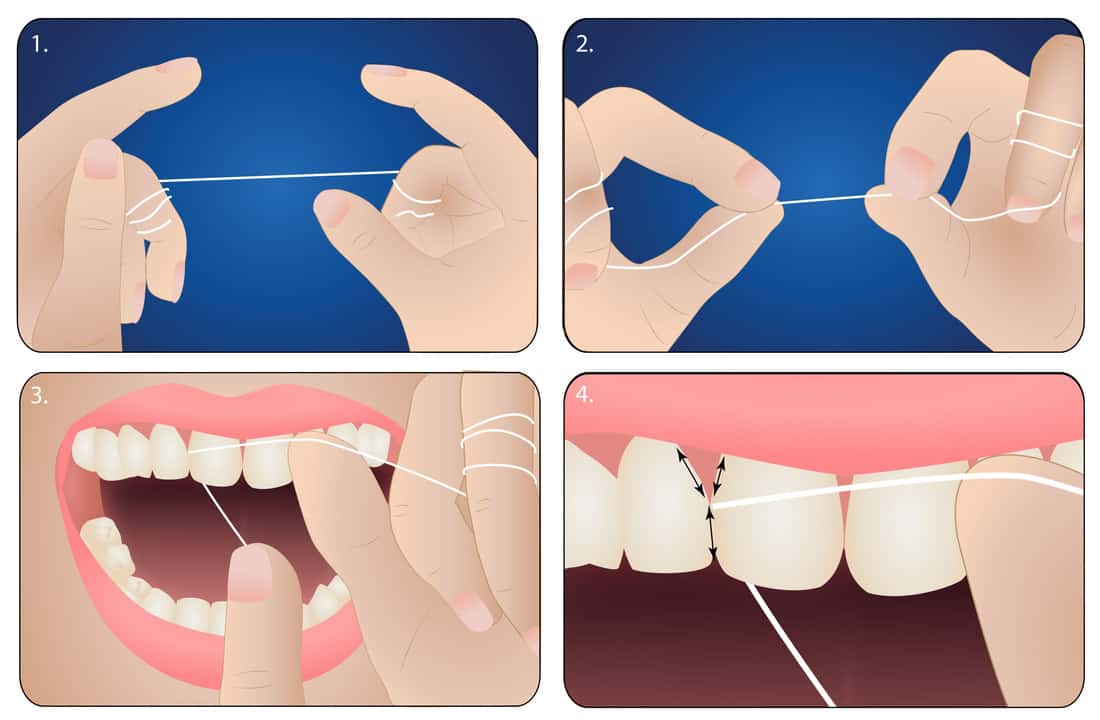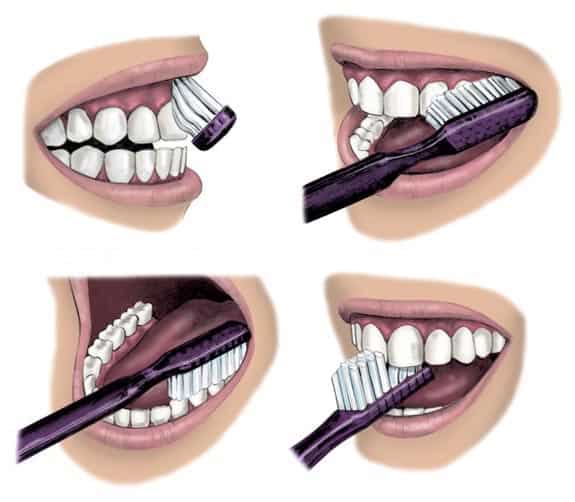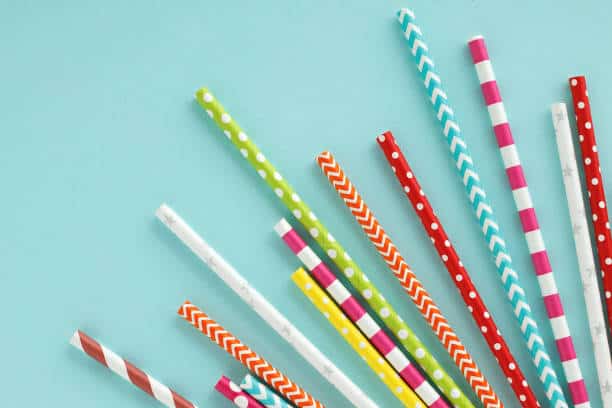Struggling to get your child to brush or floss their teeth? You’re not alone! Getting your young one to brush or floss is a daily battle that most of us encounter. Here are some tips and tricks to not only get your little one to have fun brushing but also get them on a life long track to great oral health!
Start early
The best time to start a good oral hygiene routine is before your child even get’s their first tooth. When they are infants rub their gums with a wet wash cloth after feedings. This helps establish a routine and also gets them comfortable with someone being in their mouth.
Music Makes the Mouth Open
Incorporate music to help add some fun during brushing and flossing time. When brushing sing a song or dance to some music to make the time more exciting and special for your child. A popular app that kids enjoy is Brush DJ. This free app plays music for two minutes, turning brushing time into a dance party. Dr. Dhaliwal uses this next trick with her daughter who loves to sing. She sings a note, such as “laaaa’ and then has her four-year-old repeat it. The louder she sings the wider she opens!
Tell a Story
Sometimes distraction is key when it comes to dealing with children. Telling stories can keep kids’ minds off of what is going on but can also make things more enjoyable. Let your child’s imagination run wild by creating fun stories to go along with brushing.
If your creativity needs some help, give names or numbers to the teeth and brush until all the names or numbers have been called. Likewise, using the term sugar bugs to describe plaque can help kids visualize what you are trying to brush out. Keep brushing your little one’s teeth until you don’t see any more sugar bugs in their mouths. Don’t forget to describe the color, shape, and size of each sugar bug you are brushing off!
Finally, if you need even more help, try out Star Teeth. This is an app that allows kids to pick a character to cheer them on while brushing.
Copy Cats
They say that imitation is the sincerest form of flattery. Keep that in mind when you perform your own brushing routine. Children tend to pick up on and copy what they see. Having a good oral hygiene routine yourself can rub off on your child.
When teaching them brushing and flossing skills try the tell, show, do the method.
Tell: Explain to your child how and why we brush our teeth in words they can understand. Give them opportunities to ask questions as well.
Show: Demonstrate how you brush and floss teeth either on yourself or on a doll. This way they can familiarize themselves with the process before you brush in their mouth.
Do: Brush and floss their teeth or help them if they need assistance.
Let Them Choose…
Get your child more involved when it comes to picking out their toothbrush, toothpaste and mouth rinse flavors. This will make them feel more excited and in control of the whole process. There are so many different characters themed toothbrushes for sale now. Find one that engages and excites your child. Try a toothbrush that either is electric or has a light timer that changes from green to yellow to red. Keep kids excited by allowing them to pick out a few of their favorite ones to switch up daily.
Game On
Another way to make brushing more enjoyable is by making it into a game. While you are brushing their teeth, let them brush either their baby doll’s teeth or your teeth. A good way for your children to have fun and visualize brushing habits is with the use of a disclosing tablet. After chewing, these tablets stain plaque a pink, purple or blue color. Let your child “erase” these colorful “sugar bugs” with their toothbrush.
Rewards
When all else fails, a little bribe goes a long way. Positive reinforcement is a great tool to get kids on the right track when it comes to their brushing. Dr. Dhaliwal uses this trick when it comes to her daughter’s oral hygiene routine. She makes a monthly chart, let her choose a sticker to put on it for every morning and night she brushes and flosses. At the end of the month, she lets her pick out a small prize for her achievement.
Remember when it comes to children’s brushing and flossing make sure the routine is consistent. For children under five, brush after them to remove plaque they have missed. Children between five and eight can brush on their own but should be supervised. If you need a refresher on how to keep children’s teeth healthy, check out our blog we posted earlier in the year. The most important tip we can give you is to be patient and have fun. We hope you enjoy these tips and have fun brushing!
If you have any questions about your child’s oral health or to schedule their first visit give us a call!

